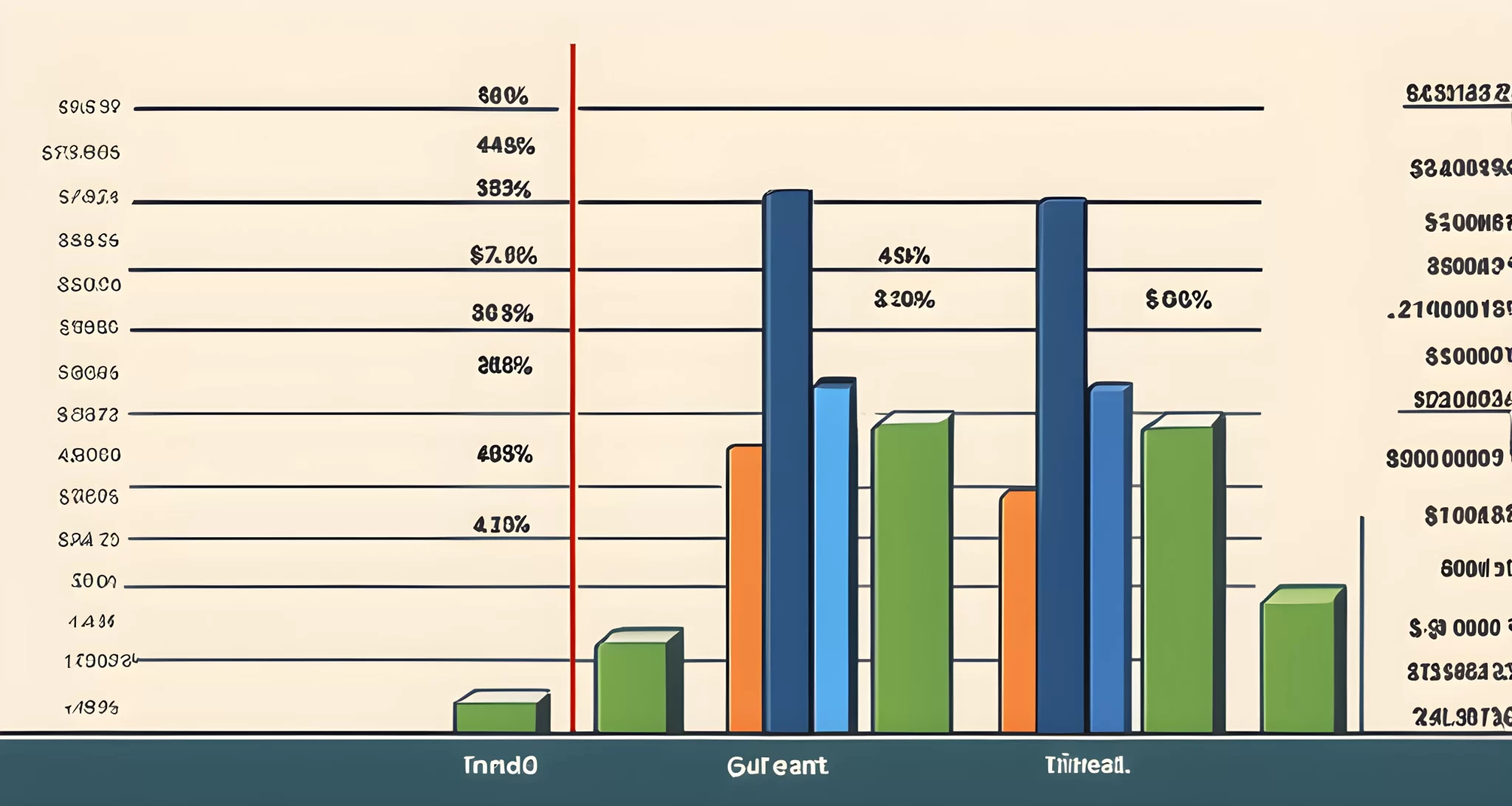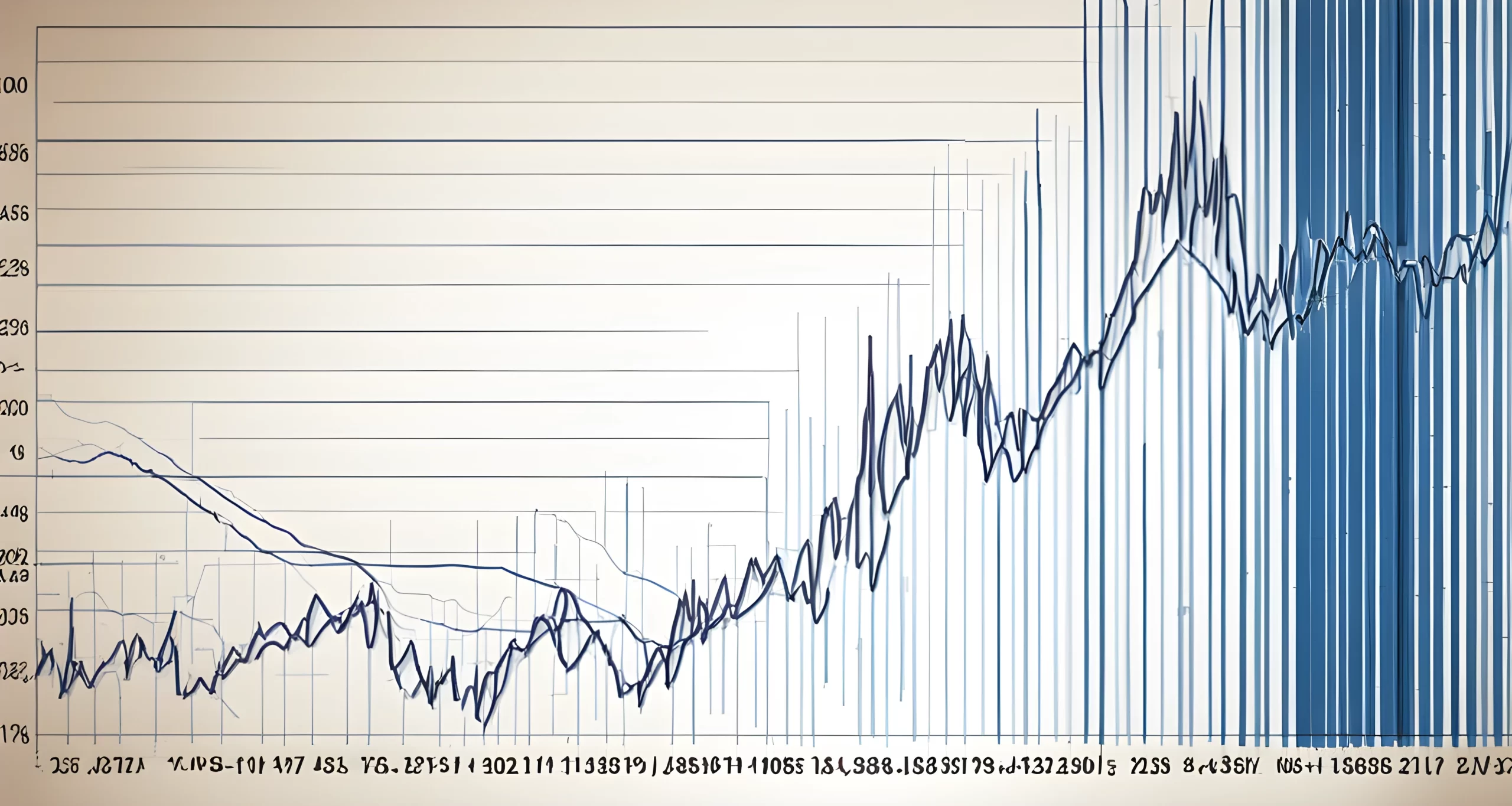Misconception 1: Risk and Returns
Many people mistakenly believe that taking on more risk in their investments will always lead to higher returns. However, this is not always the case. While risk and return are related, they are not directly proportional. In fact, higher risk does not guarantee higher returns, but it does increase the volatility and uncertainty of the outcomes.
To address this misconception, it is crucial for financial professionals to assess their clients’ risk tolerance, time horizon, and objectives. By understanding these factors, they can help their clients make informed decisions about where to allocate their investments. Additionally, diversifying a portfolio across different asset classes and strategies can help mitigate risk while seeking to achieve a desirable level of return.
In a recent article on Risk management for returns, experts highlight the importance of understanding the relationship between risk and return. They emphasize that managing risk is essential for maximizing investment returns. The article delves into various risk management strategies that investors can implement to achieve their financial goals while minimizing potential downsides.
Ultimately, by dispelling the misconception that higher risk always leads to higher returns and educating clients on the importance of assessing their risk tolerance and diversifying their portfolios, financial professionals can help their clients make more informed investment decisions. This approach can lead to better outcomes and a more secure financial future for investors.
- Taking more risks does not always lead to higher returns
- Risk and return are related, but not directly proportional
- Higher risk increases volatility and uncertainty
- Assessing clients’ risk tolerance, time horizon, and objectives is crucial
- Diversifying portfolios can help mitigate risk
- Understanding the relationship between risk and return is essential for maximizing investment returns

Misconception 2: Past Performance
Investors often make the mistake of relying too heavily on past performance as an indicator of future results. It’s crucial to educate your clients on the limitations of past performance and help them focus on the fundamentals, valuation, and prospects of an investment.
When it comes to making investment decisions, many people base their choices solely on historical data, trends, or ratings. However, it’s essential to consider the changing market conditions, economic cycles, and external factors that may affect the performance of an investment. As Increase Your Returns advises, past performance is not a reliable indicator of future results.
It’s important to remind your clients that while historical data can provide valuable insights into an investment’s track record, it should not be the sole basis for decision-making. Market conditions and other external factors can change rapidly, and what may have worked in the past may not necessarily work in the future.
As a financial advisor, it’s your responsibility to help your clients understand that past performance is just one piece of the puzzle. Instead of solely focusing on historical data, encourage them to consider the underlying fundamentals and valuation of an investment. This means looking at factors such as a company’s financial health, management team, competitive position, and growth prospects.
By helping your clients shift their focus from past performance to a more comprehensive evaluation of an investment’s potential, you can steer them away from making decisions based solely on outdated information. This approach can also help them better understand the risks and opportunities associated with their investments.
In summary, while past performance can provide useful insights into an investment’s track record, it’s important to remind your clients that this should not be their sole consideration. Encourage them to focus on the fundamentals, valuation, and prospects of an investment to make more informed decisions. By doing so, they can better navigate the complexities of the market and improve their chances of achieving their long-term financial goals.

Misconception 3: Role of Diversification
Many investors believe that diversification alone is enough to ensure a successful investment portfolio. However, it is important to understand that focusing solely on investments that generate cash, such as dividends, can actually reduce diversification. It is crucial to help clients understand the potential drawbacks of this misconception.
The Downside of Dividends
Dividends are often seen as a reliable source of income, but they come with their own set of limitations. For example, dividends force investors to pay taxes, which can eat into their overall returns. In addition, dividends are often taxed at the same rate (if not higher) than long-term capital gains, which can affect the overall profitability of the investment. Not all companies that offer dividends will provide the best return, so it is important for clients to understand that solely focusing on dividend-generating investments may not be the best strategy.
Importance of Diversification
Diversification remains an essential component of any successful investment strategy. By spreading investments across different asset classes and industries, investors can reduce the impact of any single investment underperforming. It is important to help clients understand that while dividends can be a valuable component of an investment portfolio, they should not be the sole focus.
Seeking the Best Return
Ultimately, the goal of any investment strategy is to maximize returns while managing risk. It is important for clients to be aware that there are various strategies for achieving this goal, and diversification is just one aspect to consider. By providing a complete guide such as Complete strategy for maximizing returns, clients can gain a comprehensive understanding of how various investment options can work together to achieve their financial objectives.
In conclusion, while diversification is important, it is crucial for clients to understand the potential drawbacks of solely focusing on dividend-generating investments. By providing comprehensive information and guidance on diverse investment strategies, clients can make informed decisions that align with their financial goals.

Assessing Risk Tolerance and Objectives
When it comes to investing, it’s crucial to assess your clients’ risk tolerance, time horizon, and objectives. This will help you tailor their investment strategies to align with their goals and preferences. By understanding these factors, you can help them make informed decisions and maximize their investment returns.
Risk tolerance is the level of uncertainty that an investor can handle when it comes to potential losses. It’s important to have a clear understanding of your client’s risk tolerance as it will influence the types of investments that are suitable for them. Some clients may be comfortable with higher risks in exchange for potentially higher returns, while others may prefer more conservative investments.
Additionally, considering your client’s time horizon is essential. This refers to the length of time they expect to hold an investment before needing access to the funds. A longer time horizon may allow for more aggressive investment strategies, while a shorter time horizon may call for more conservative approaches.
Understanding your client’s objectives is equally important. Whether they are saving for retirement, education, or other financial goals, aligning their investment strategy with their objectives is crucial for long-term success.
It’s also important to educate your clients about the role of diversification in their investment portfolio. Diversifying across different asset classes and strategies can help mitigate risks and improve potential returns. By spreading investments across various types of assets Strategic approach to returns, such as stocks, bonds, and real estate, investors can reduce the impact of a potential decline in any one investment.
In conclusion, accurately assessing your client’s risk tolerance, time horizon, and objectives is crucial for developing an effective investment strategy. By doing so, you can help them make informed decisions that align with their individual preferences and maximize their potential returns.

Limitations of Past Performance
When it comes to making investment decisions, many individuals tend to rely heavily on past performance as a key indicator of future success. However, it is crucial to educate clients on the limitations of past performance in order to help them make informed investment decisions.
By focusing on the fundamentals, valuation, and prospects of an investment, investors can avoid relying solely on historical data, trends, or ratings. It is important for clients to understand that past performance is not always indicative of future results. Market conditions, economic cycles, and external factors can all play a significant role in the performance of an investment.
It is essential to consider changing market conditions and external factors when evaluating potential investment opportunities. By doing so, investors can gain a more comprehensive view of potential risks and opportunities. This can also help clients avoid making investment decisions based solely on historical data.
Educating clients about the limitations of past performance can also help them understand the importance of diversification Investment risk mitigation strategies. By spreading their investments across different assets and asset classes, clients can mitigate risks associated with relying solely on past performance.
Overall, it is important for clients to understand that past performance should not be the sole factor in making investment decisions. By considering a variety of factors including changing market conditions, economic cycles, and external factors, investors can make more informed decisions that are not solely based on historical data or trends.
FAQ
Does taking more risk always lead to higher returns?
No, while risk and return are related, they are not proportional. higher risk does not guarantee higher returns, but it does increase the volatility and uncertainty of the outcomes. it’s important to assess risk tolerance, time horizon, and objectives, and help diversify the portfolio across different asset classes and strategies.
Is past performance a reliable indicator of future results?
No, past performance is not a guarantee of future results. investors should be aware of the limitations of historical data and consider changing market conditions, economic cycles, and external factors that may affect the performance of an investment. it’s crucial to focus on the fundamentals, valuation, and prospects of an investment rather than relying solely on past performance.
Is diversification always beneficial?
Diversification is important, but focusing solely on investments that generate cash, such as dividends, can reduce diversification. it’s important to consider the tax implications of dividends and be mindful that not all companies offering dividends will provide the best return.
How can i help clients make informed investment decisions?
Assess your clients’ risk tolerance, time horizon, and objectives, and help them diversify their portfolio across different asset classes and strategies. educate them on the limitations of past performance and encourage them to focus on fundamentals, valuation, and prospects of an investment.
